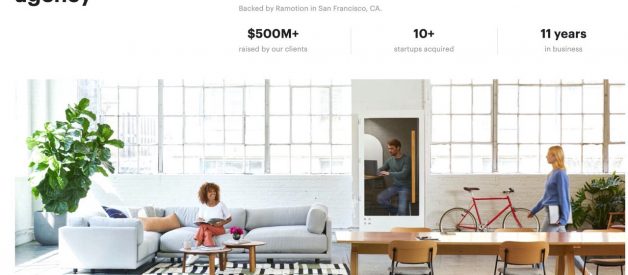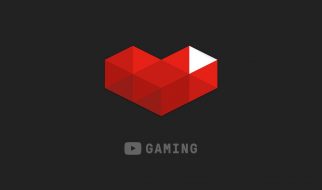Best Logo Designers for Startups, B2B, Enterprise, Small business, SMB, SaaS. In San Francisco (SF), New York (NYC), London, Austin, Los Angeles (LA)
UPDATED: September 1, 2020
Any organization needs a visual identity these days. It includes a unique logo, colors, wordmark, typeface, and some visual elements like illustrations and iconography that makes a memorable first impression and sets the brand apart from the competitors. That?s why it is crucial to find the right partner who can help to design a great identity for your business. I found some design agencies that might be a good fit for your early-stage or growing startup company.
1. Startup Branding Agency
Design firm experienced in brand identity, brand strategy and marketing websites for growing startups.
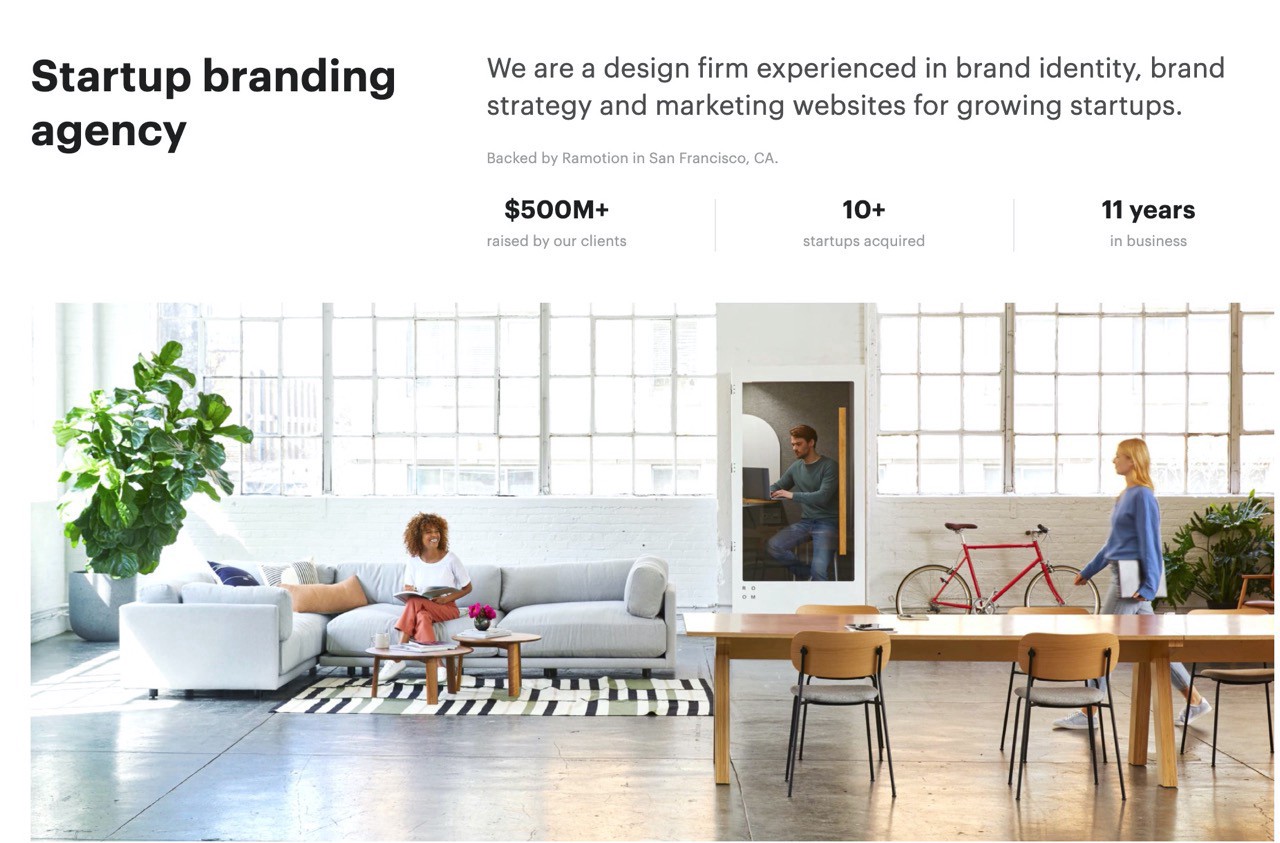
? ramotion startups
?San Francisco, CA ??
?Top clientsVolusion, Truebill, Descript
Online portfolio? Dribbble ?? B?hance
Social networks? Instagram ? Twitter ? Facebook
2. Amberd Design Studio
Amberd Design Studio is a digital marketing and logo design agency established in Los Angeles.

? amberddesign.com
?Los Angeles, CA ??
Social networks? Instagram ? Twitter ? Facebook
3. Logo Design NYC
NYC Design Company serving small and large businesses across the tri-state area.
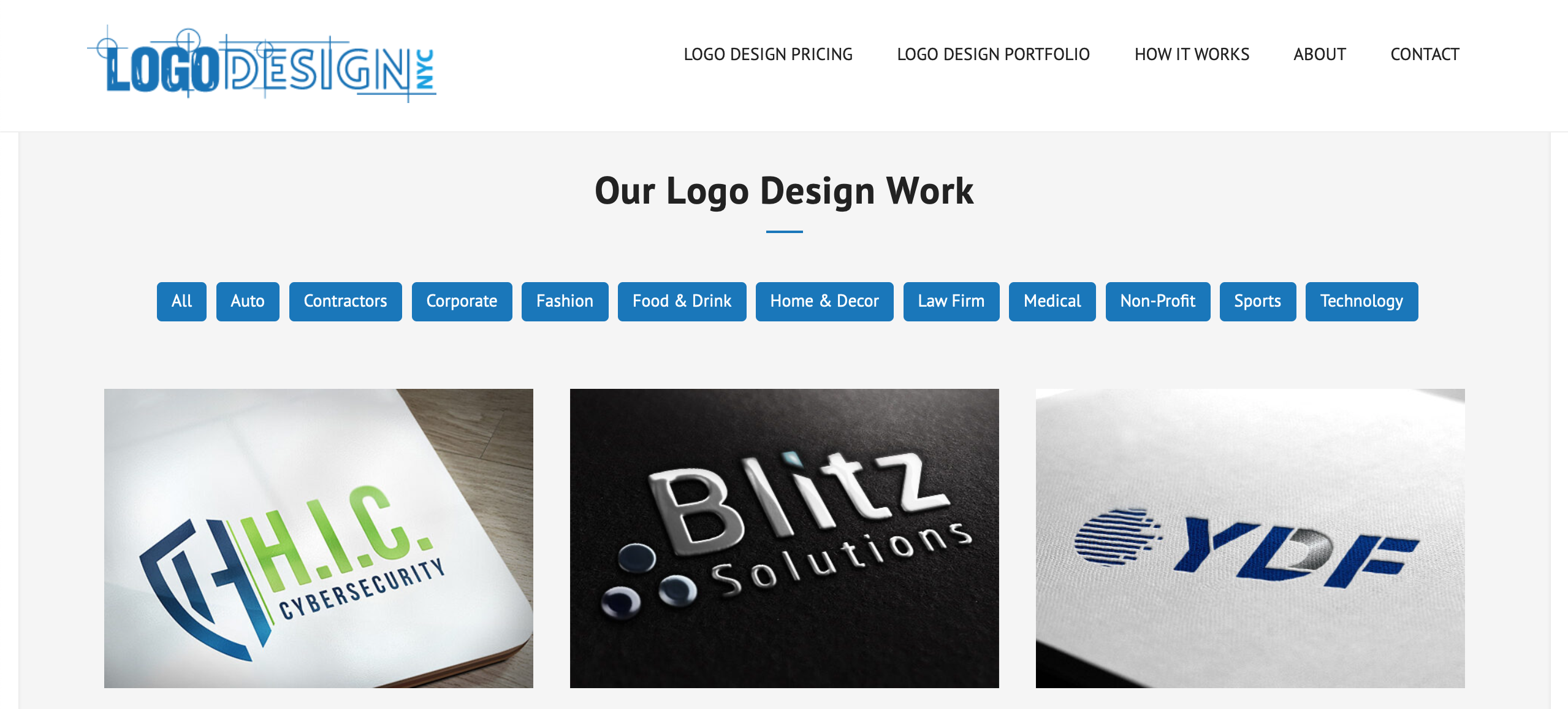
? logodesignnyc.com
?New York, NY ??
Social networks? Instagram ?Twitter
4. KD Branding, LLC
KD Branding, LLC is a full-service design studio specializing in logos, graphic and web design

? kdbranding.com
?Austin, TX ??
5. UK LOGO Designs
Strategy and brand experience design company
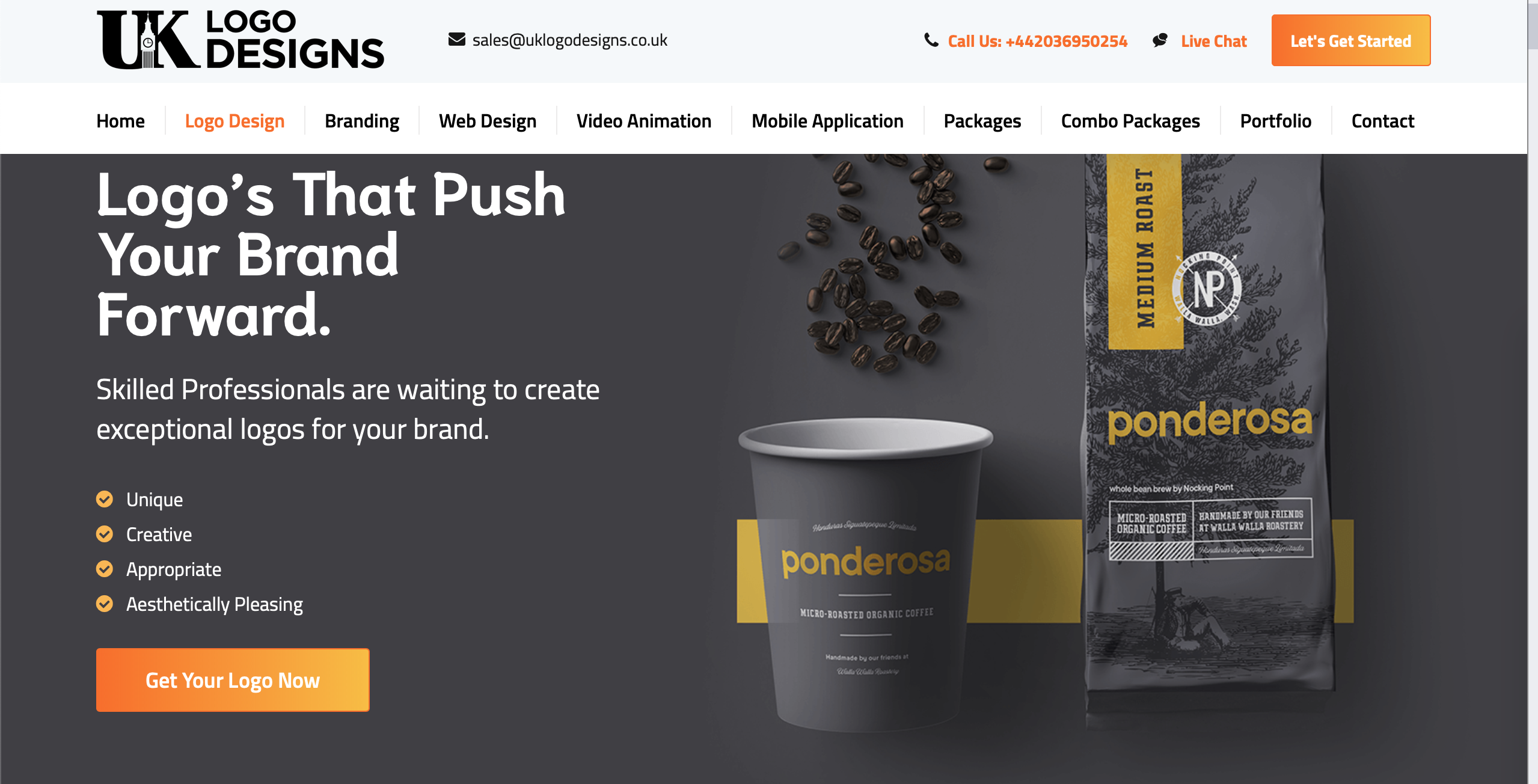
? uklogodesigns.co.uk
?London, UK ??
Social networks? Facebook
To choose the right logo designer for your startup, you need to know how a standard visual brand identity design process usually go
Creating a strong brand is essential to any organization. While there are many elements that come together to establish a strong brand identity, often the logo is at its heart. Even if you already have a logo, something fresh may be needed for a new product, combining companies, or simply modernizing. Whatever the reason for the project, using a repeatable process is smart in order to ensure designers and stakeholders alike know what?s expected and can result in a better design by preventing any steps from being missed.
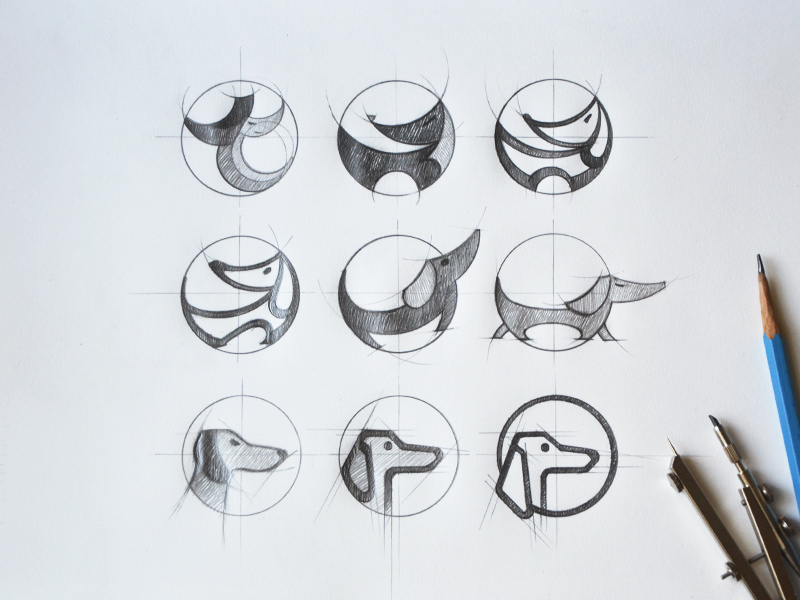 Source
Source
The process can be simple and still support interaction with the team, research, design direction, and smooth delivery. The key steps in the logo design process include Scope and Planning, Research, Ideation and Design, and Asset Delivery.
Scope and Planning
The first step is all about defining the project goals and organizational needs. At the end of this step, you will deliver a Creative Brief, scope, budget, and timeline. There are two primary objectives of the step, get to know the client or business the logo is to represent, and to define the parameters of the project for what will be delivered and when. It establishes expectations and acts as an agreement for the services to be provided.
In your initial discussions with the client or stakeholders, it?s important to discuss how the final design will be used. Based on these needs and constraints, along with the design skills available you can list all deliverables and get agreement on them.
- Full color, scalable logo
- Black and White version
- Horizontal and vertical variations
- Different versions for web, print, merchandise, paper products, and other specialized needs
The other main discussion is intended for the design team to get to know the company, its brand strategy, and personality. A Creative Brief summarizes the findings and is a way for the design team to verify that they?ve heard and understood the goals and needs for the project. This can be accomplished by interviews, surveys, and gathering existing standards and guidelines. Your approach will vary depending on the scope and availability of existing marketing materials. It should include elements such as:
- Audience
- Service or product descriptions
- Vision
- Core philosophy
- Market
Research
The next step is to do more in-depth research. If you weren?t able to get much in the first step because it doesn?t exist or for other reasons, you?ll want to include more time in this step to Interview leadership, employees, and existing customers to learn what the company stands for, how it is viewed, and how management wants it to be viewed. Some possible areas to explore include:
- What brands are they similar to? What do they like or dislike about their brand identity or logo?
- What kinds of driving forces or passions are behind the company?
- Is your brand young, fun, and irreverent or established and serious?
- Are their adjectives or emotions that reflect your brand? Think fresh, strong, bold, playful.
The other part of the research step is external to the business. This means looking into and talking to target customers, competition, and the market in general. You want to paint a picture of the who, what, and where for the brand. What?s working for the biggest competition? Are there key factors others are missing related to your customers? locations, interests, or passions? What resonates with those customers?
The creative brief from step one might need to be extended or refined. Additional elements like mood boards can be added to help guide the design step.
Ideation and Design
This step is an interactive one and comprises the real design work. Begin by brainstorming many ideas. If you have a team, work together so that your ideas can build off one another. Once all the ideas are down on paper and out of your heads, patterns may emerge, and a few good potential sketches should become obvious. It?s a good idea to have a checkpoint to review these best candidates with the client or stakeholders. The objective of the checkpoint is to make sure your couple of options are matching up to what they are expecting and to get a feel for which options they prefer. It can be helpful to only show pencil or ink sketches without color so that the team doesn?t get caught up in elements like color yet.
Those top 3 or so concepts are now ready to be refined. They can be digitized with color added and more complete feel. Each of the concepts should be packaged for a more formal design review. The really great concepts will evoke emotion, stick in the mind of the customer, be timeless, not trendy, and be scalable. The client should be able to select a final concept, but some additional refinement may still be necessary so be sure you padded your timeline to allow for rework when necessary.
Asset Delivery
Using the approved design and the initial scope as a checklist, create all the promised deliverables. At a minimum, the project should result in a scalable graphic file in color. Typically it will include variations such as vertical and horizontal or black and white. It?s also beneficial to provide style guidelines around how and when to use the variations, including spacing.
Summary
Using a simple, repeatable process will streamline your projects and keep the experience positive for both the client and the design team. The process will help to ensure that nothing gets missed and keep misunderstandings to a minimum for a great logo and happy client.
Read also:
